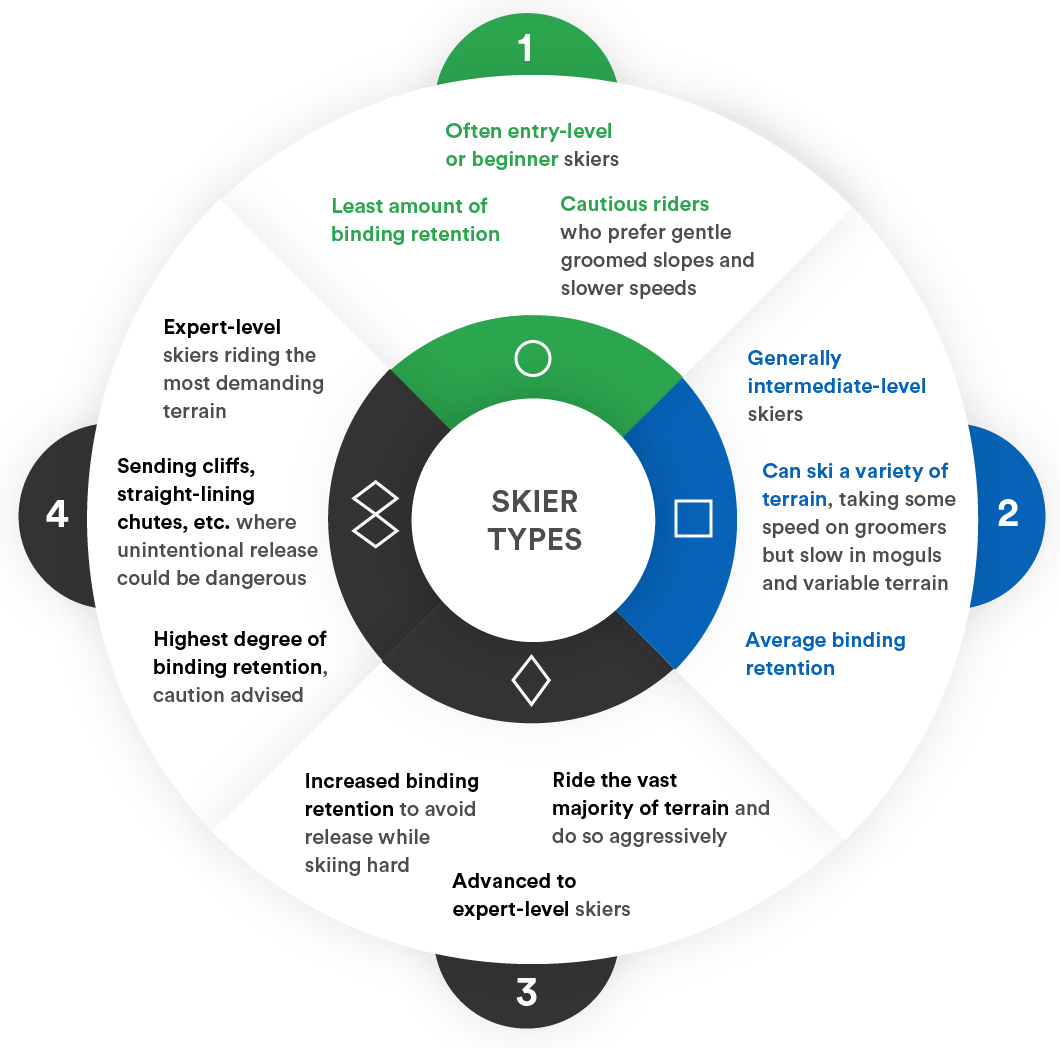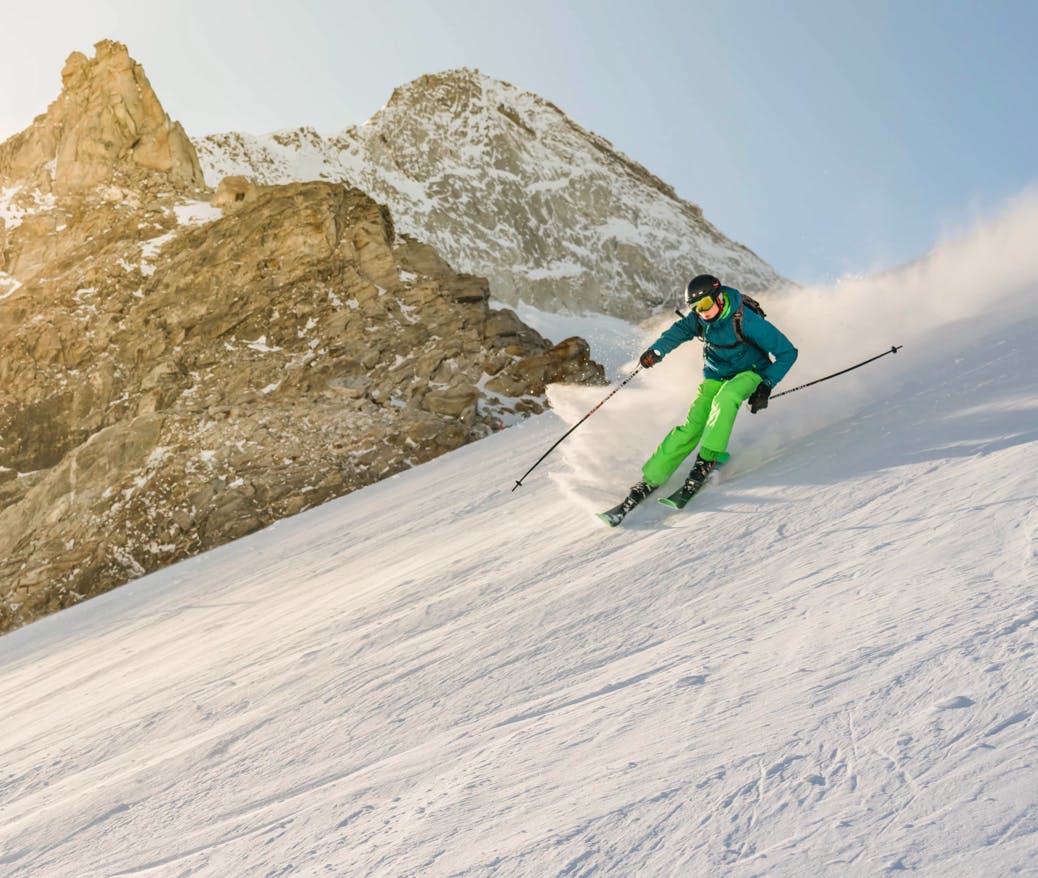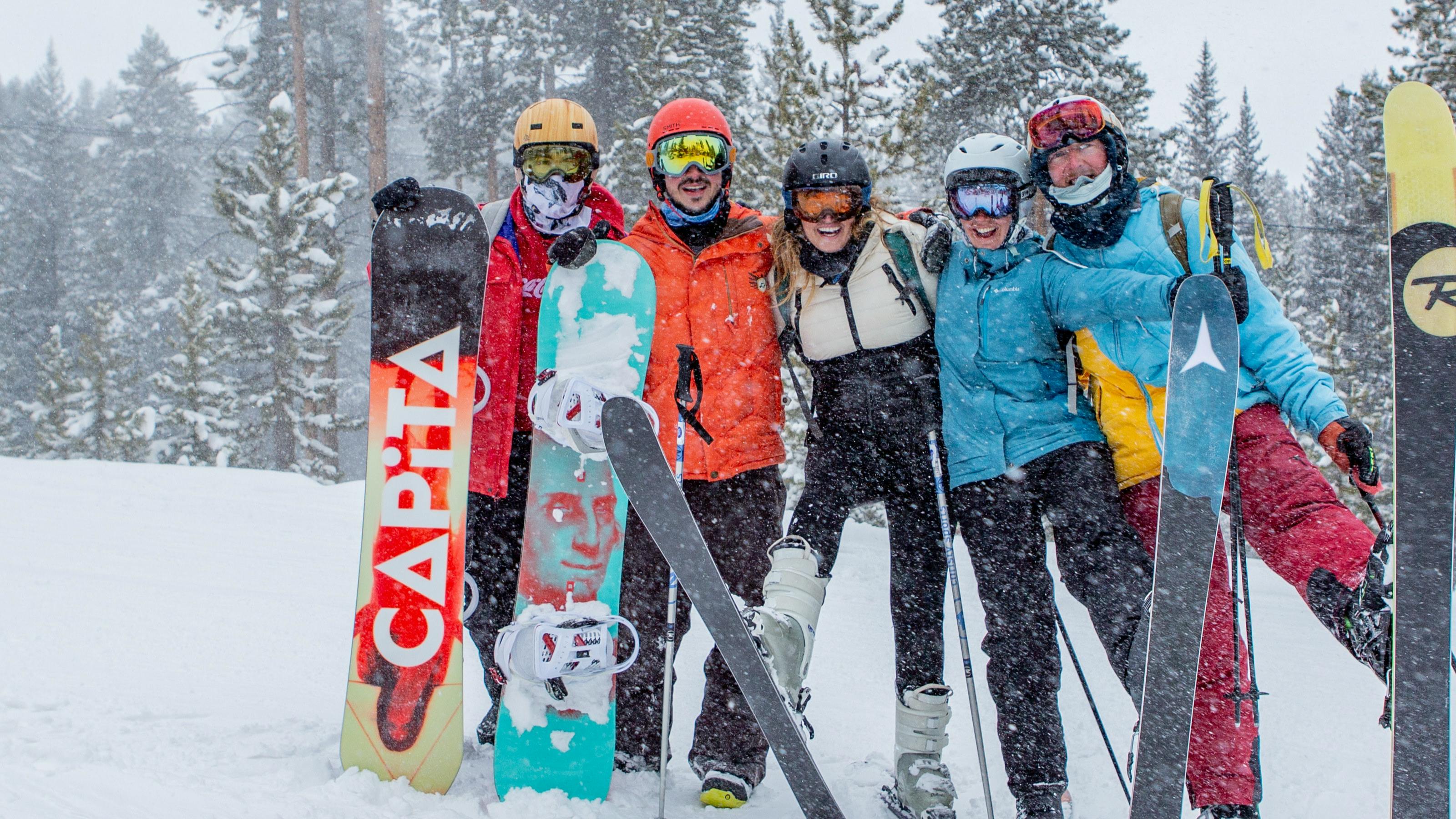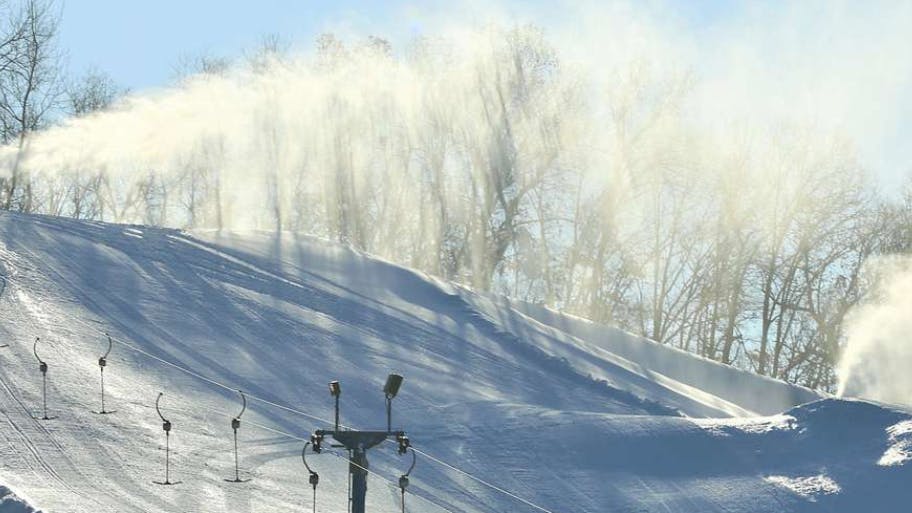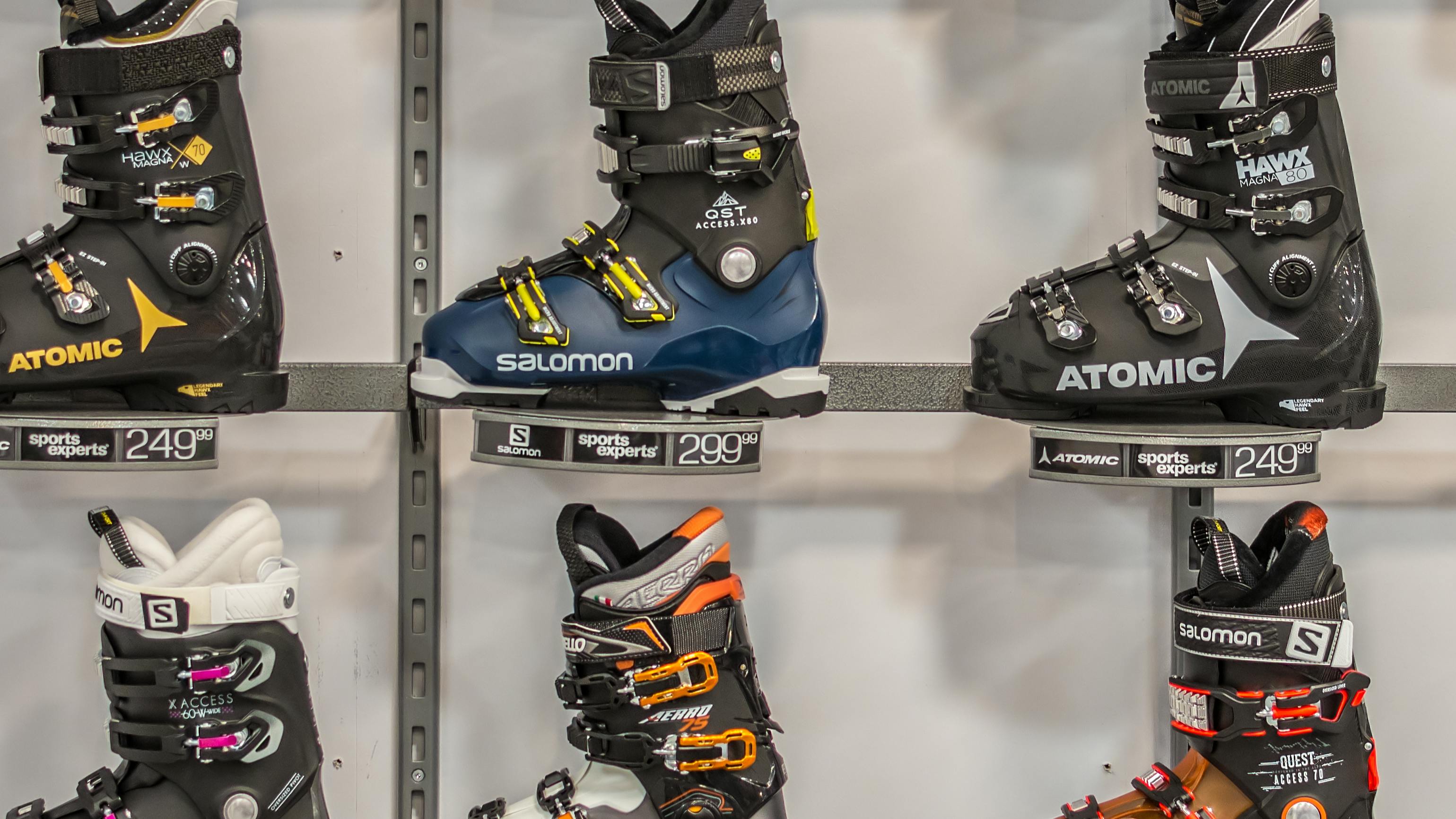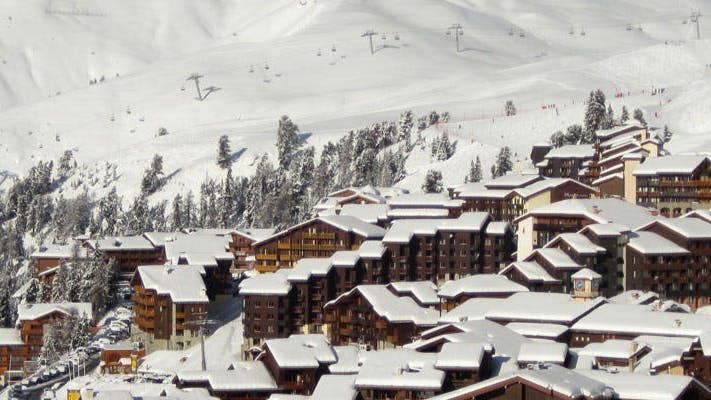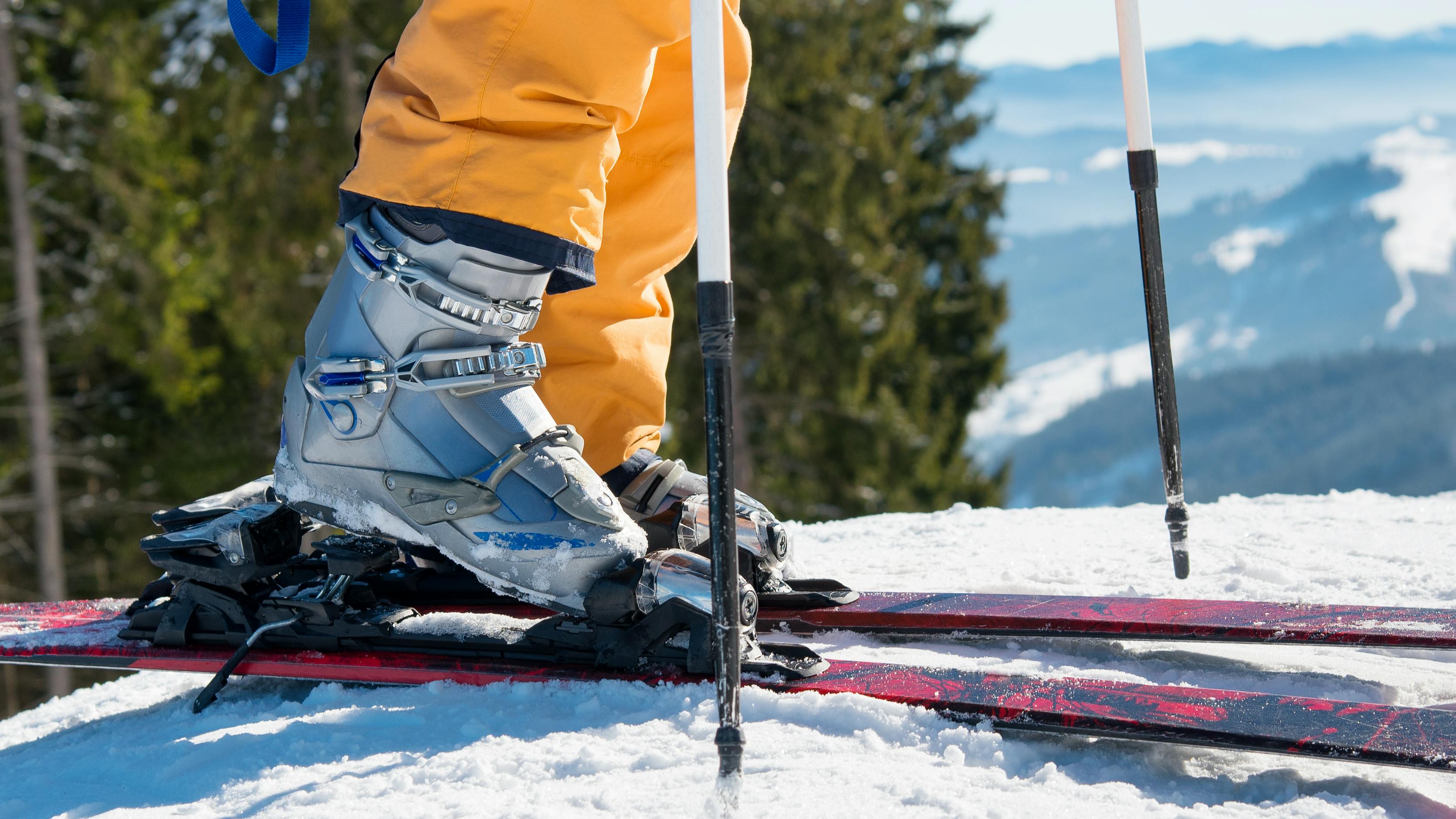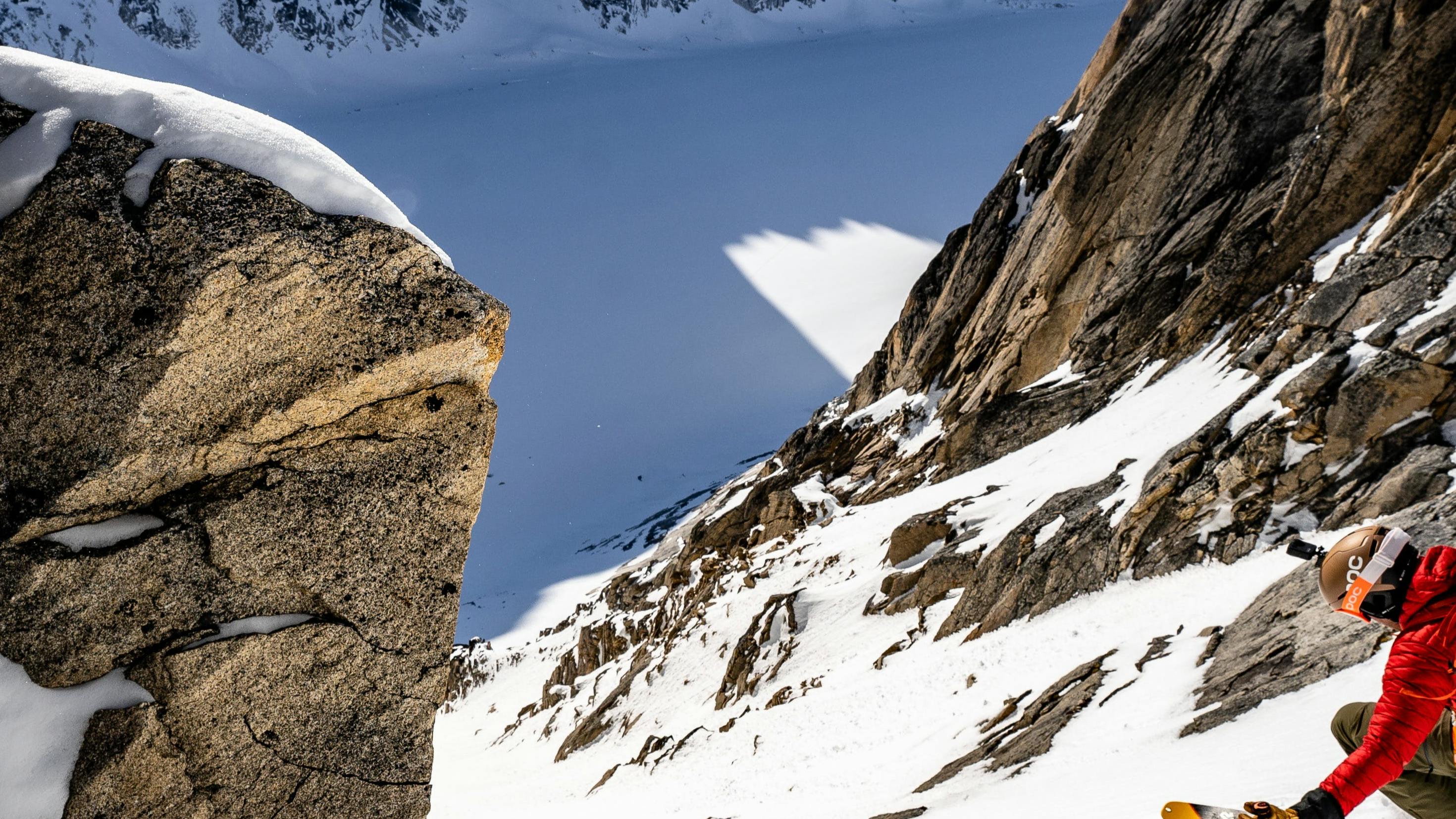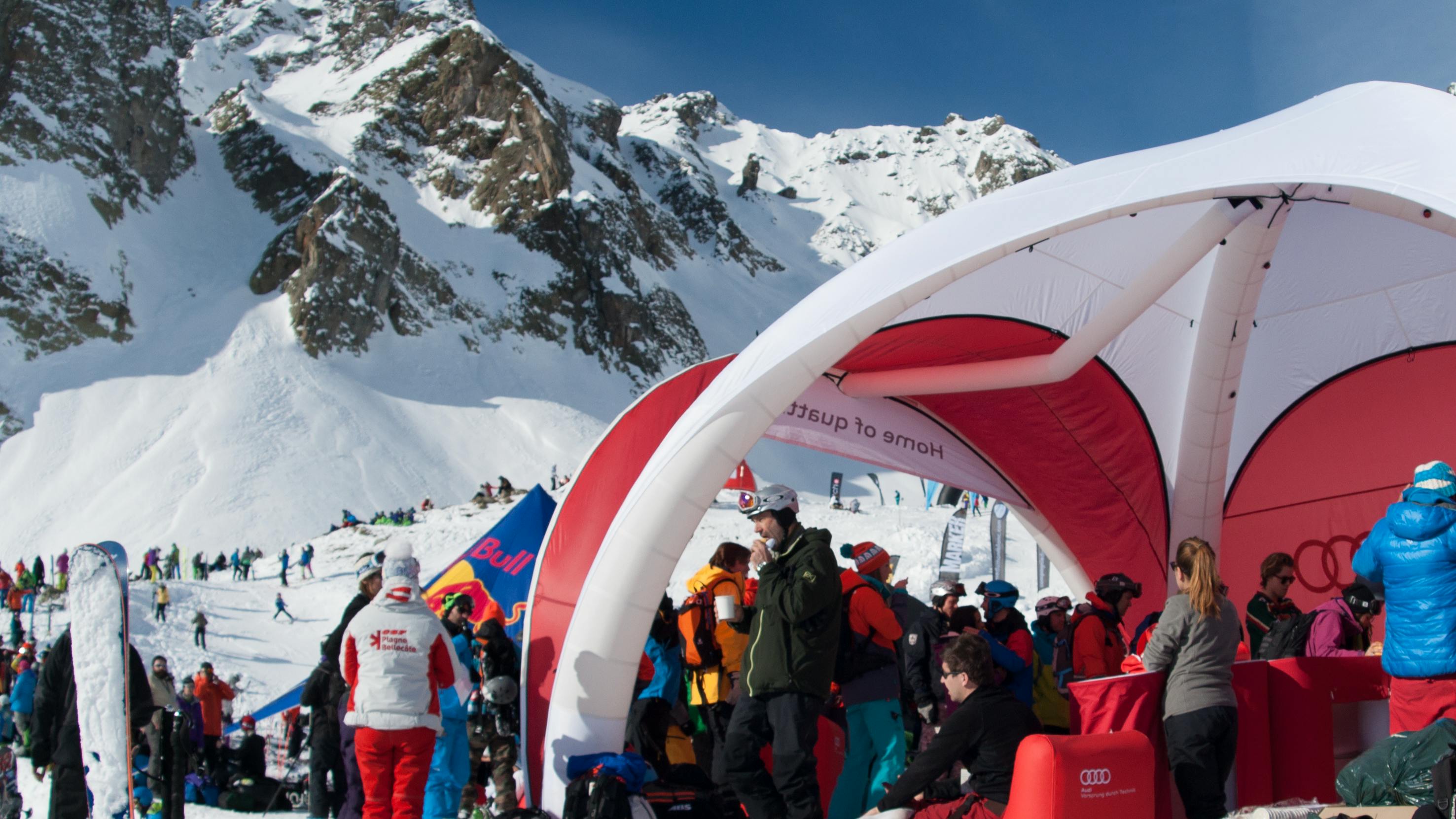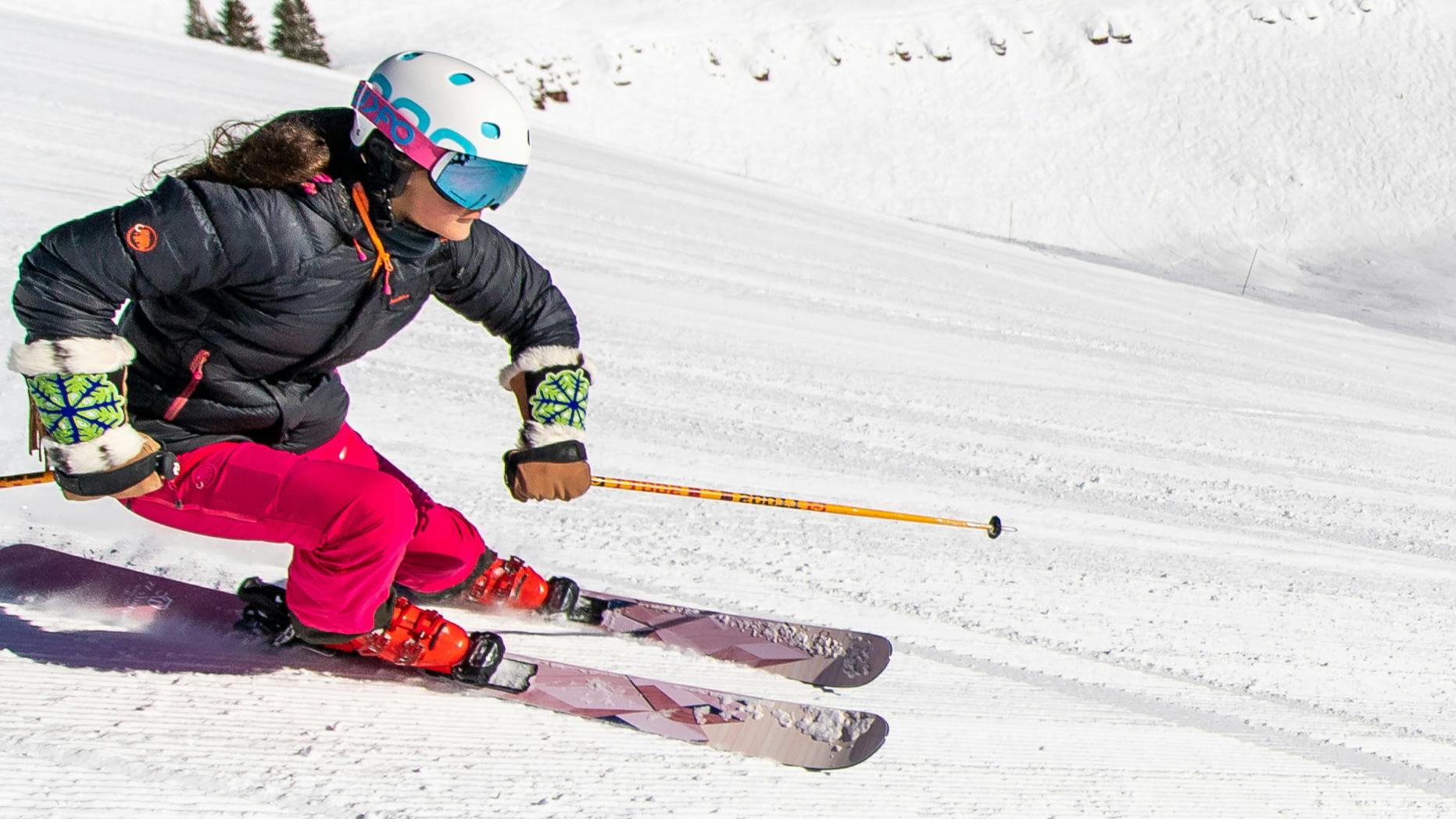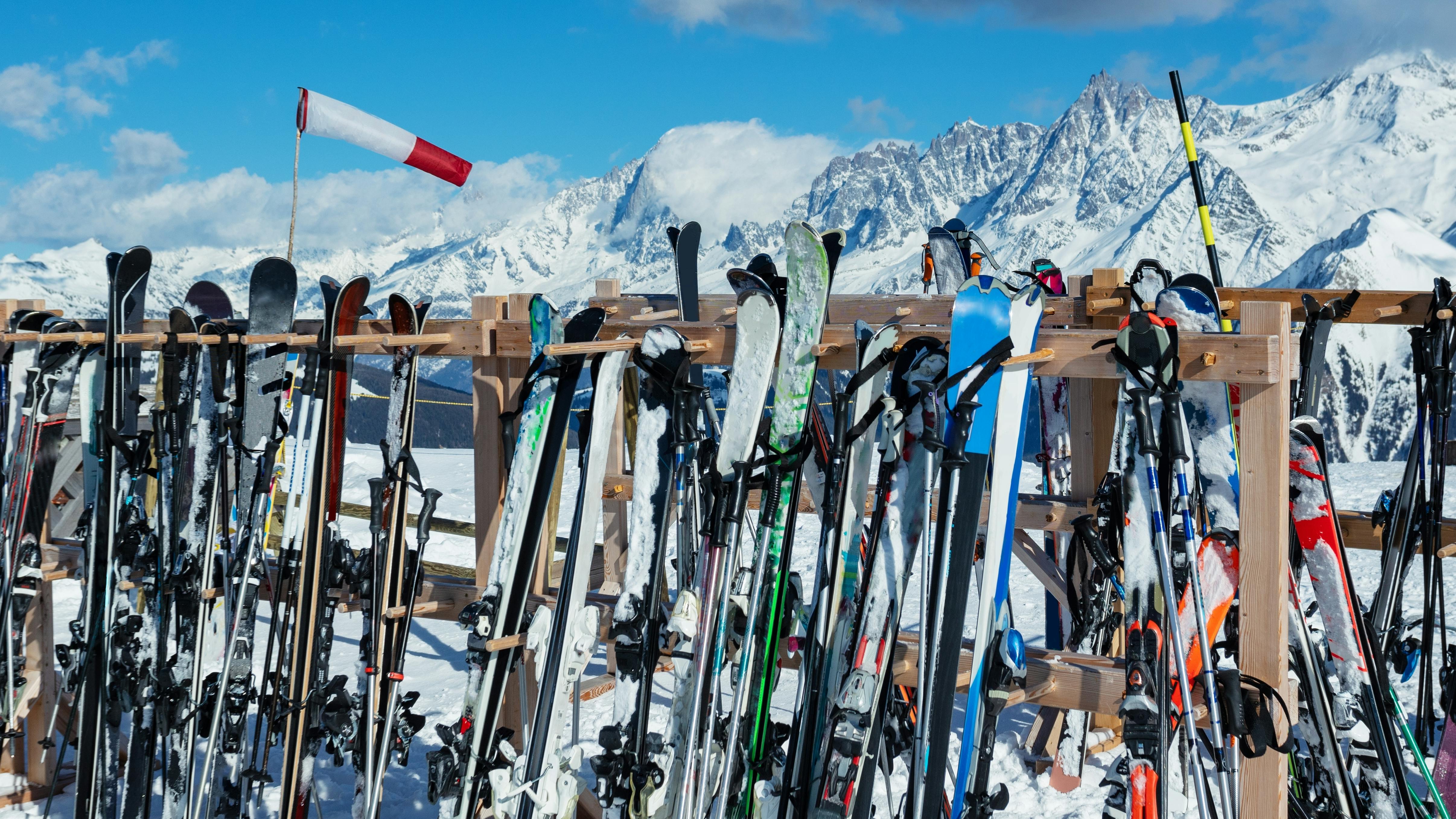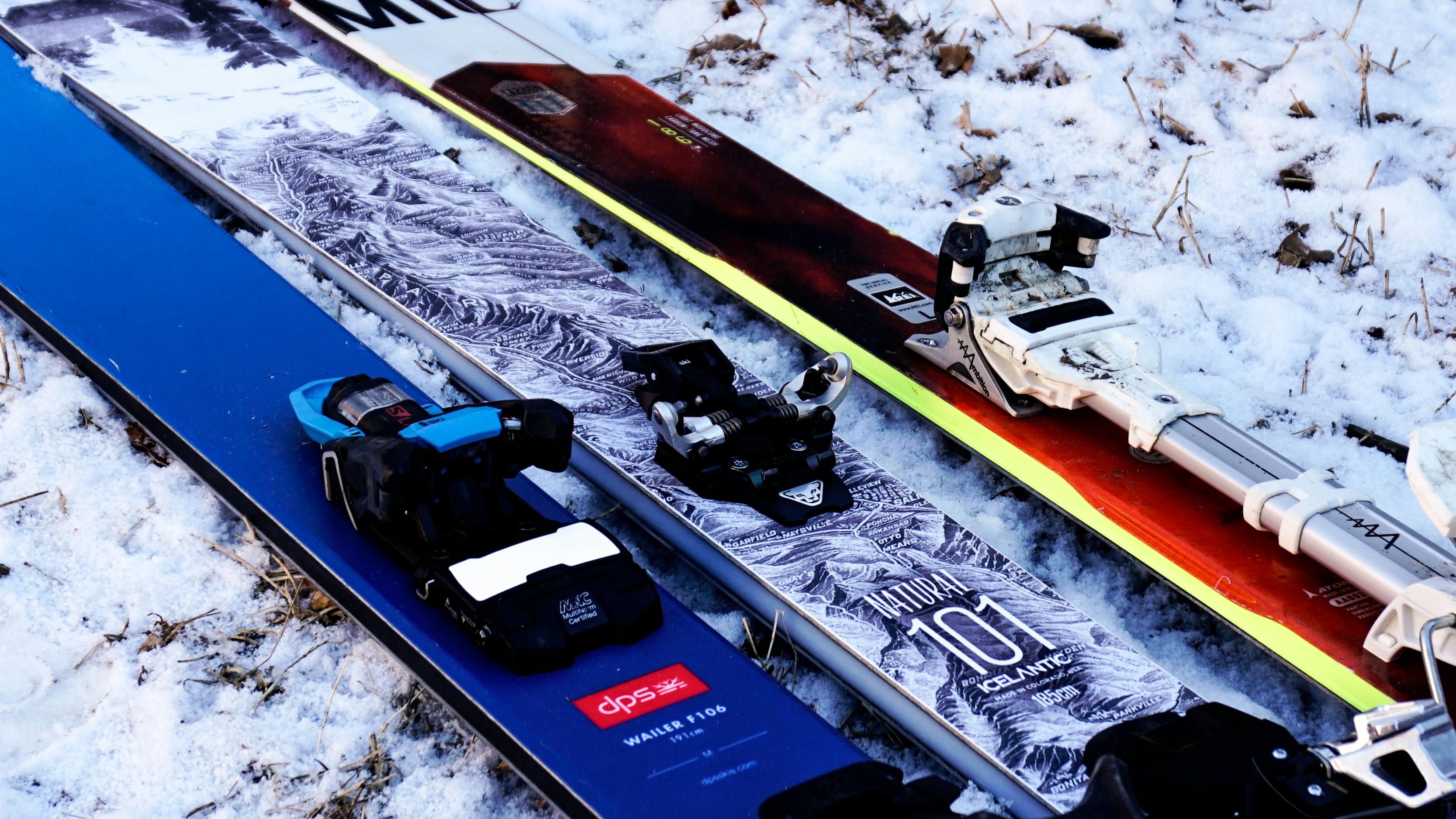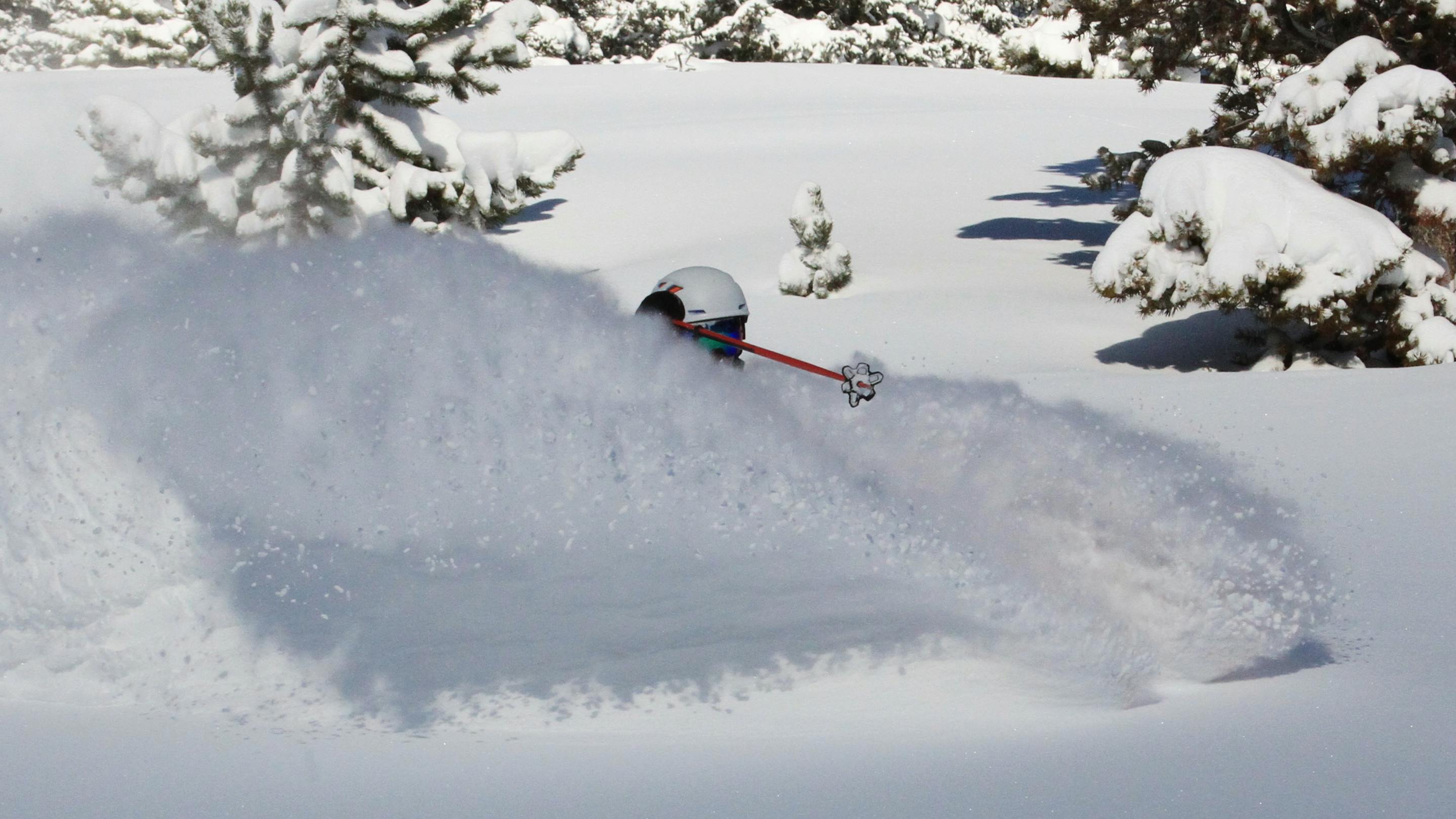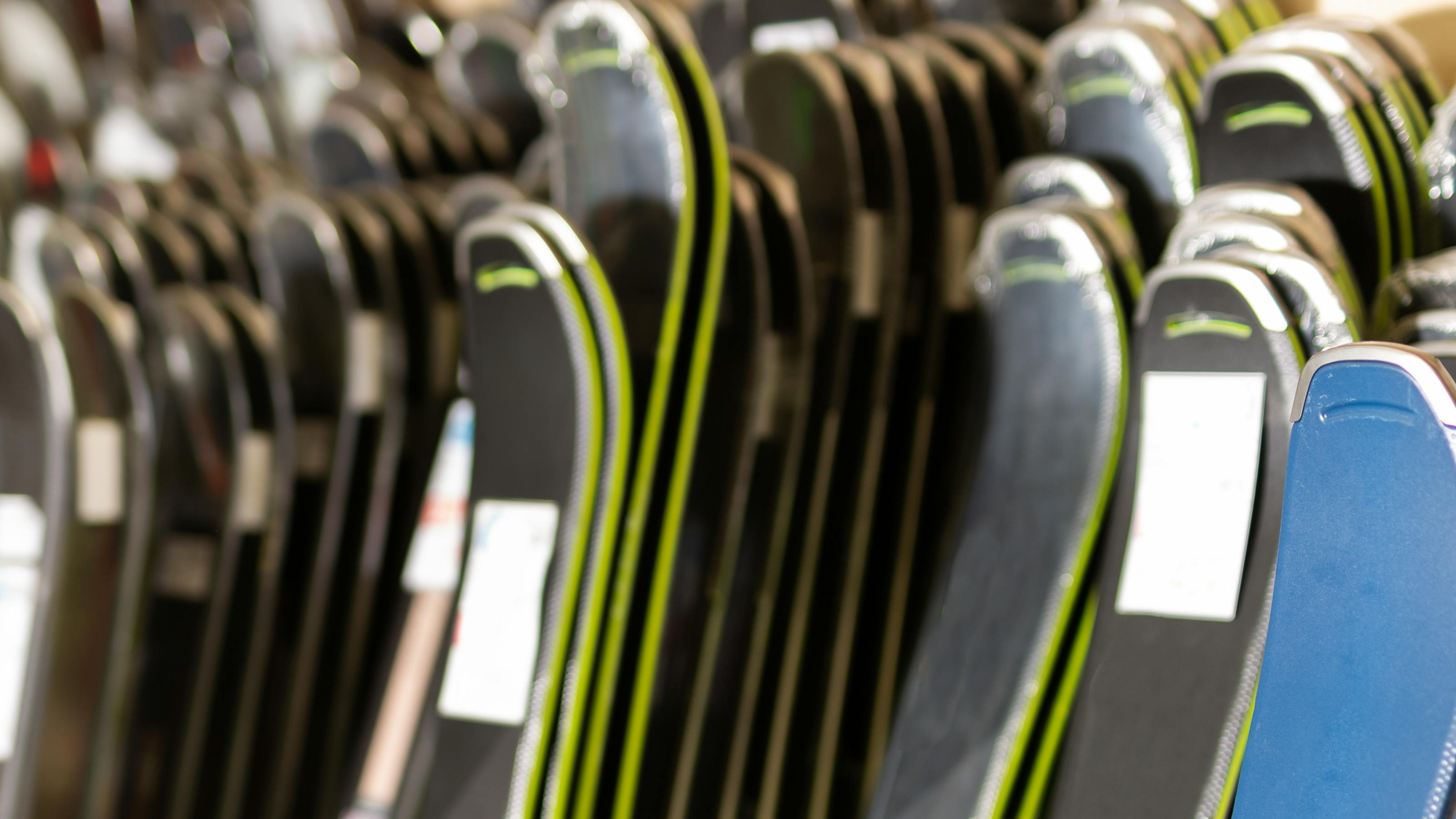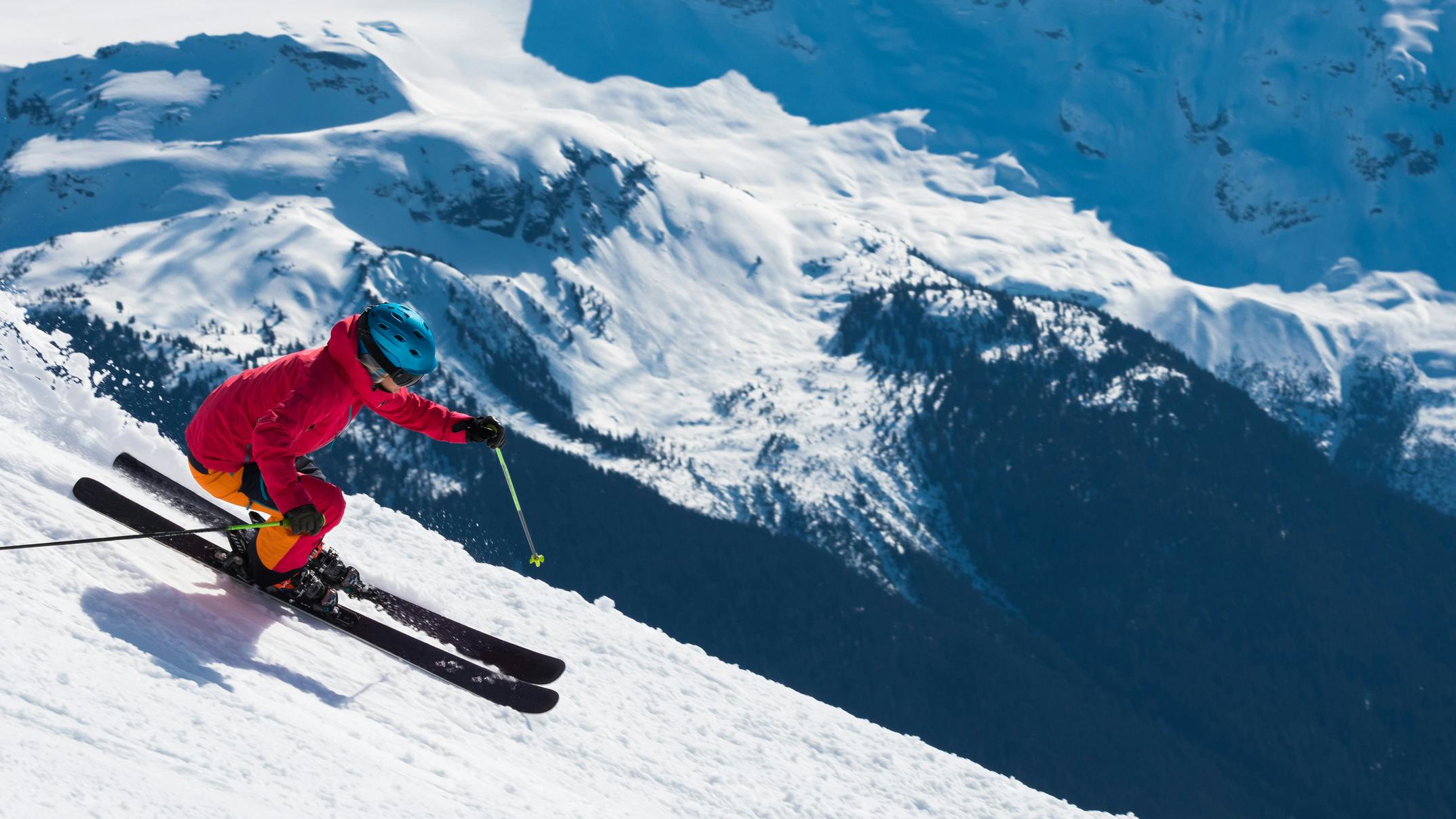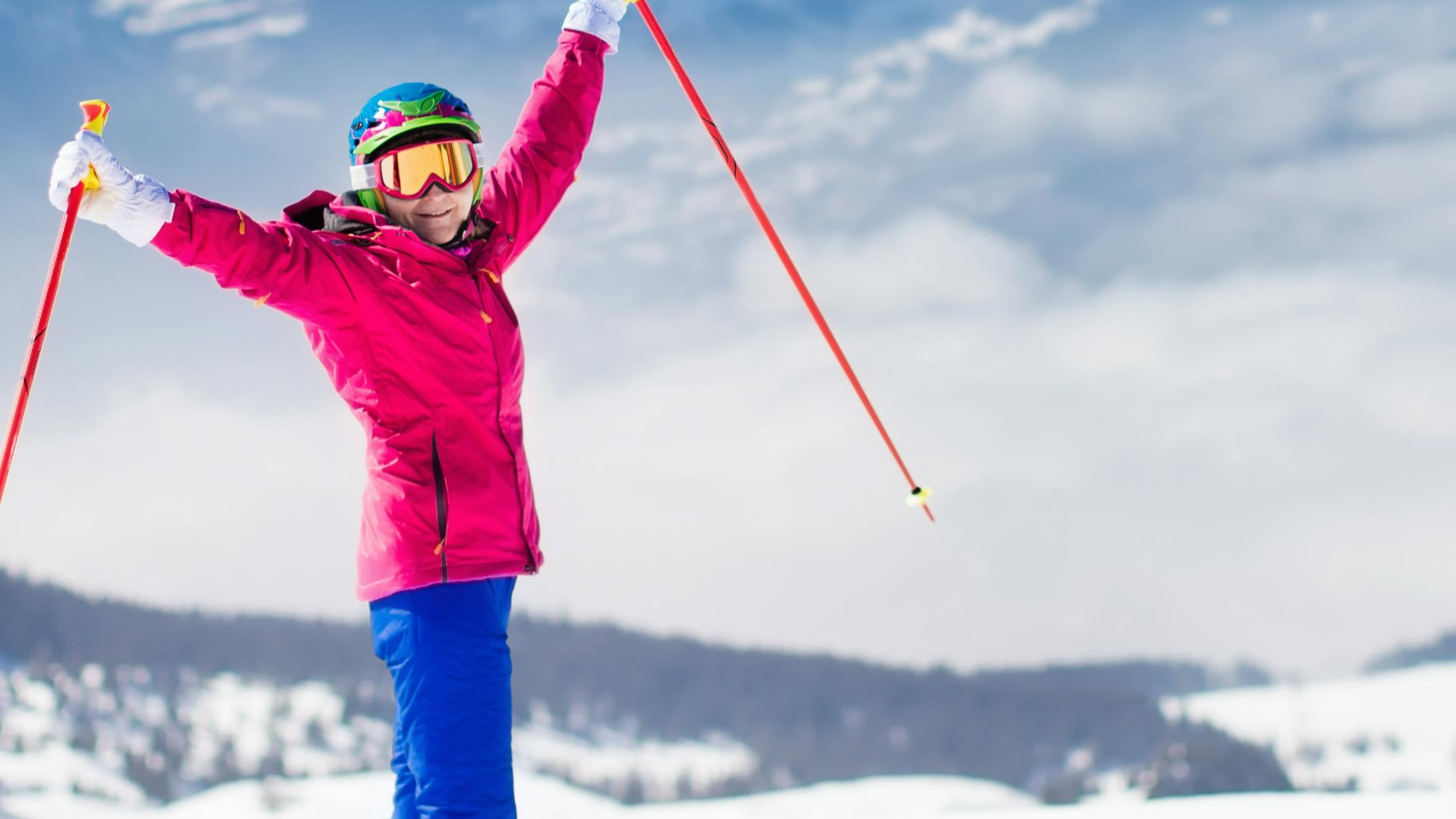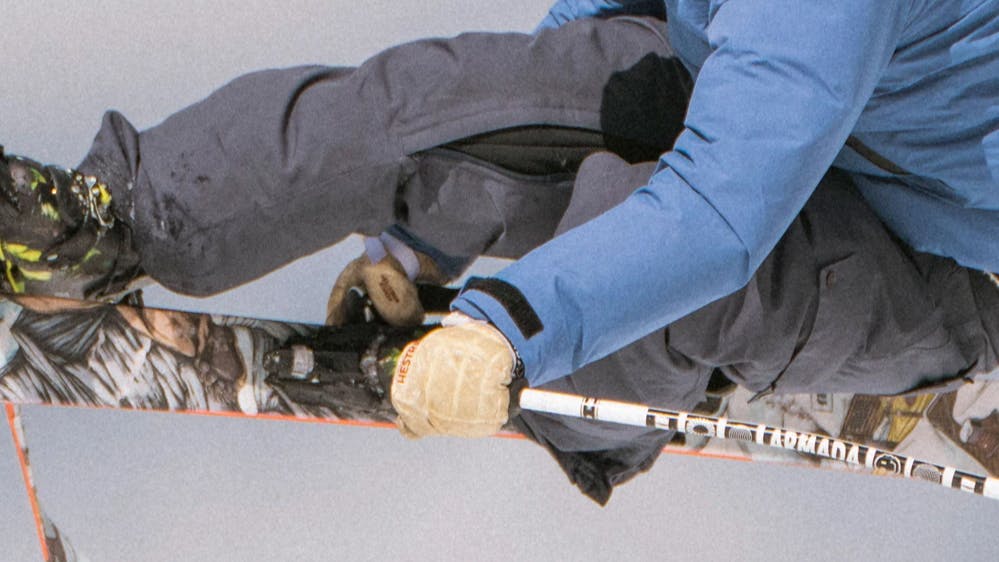The 4 Skier Types and How to Find Your Type
Published on 06/21/2023 · 4 min readDetermining your skier type can be tricky, but it's necessary to find the right release value for your bindings. Check out this breakdown so you can find your skier type.


Photo by B. Jorgenson for Rossignol
“Skier Type” is a basic numeric system that describes how you ski. It is used by ski shops in conjunction with your age, weight, height, and boot sole length to determine the appropriate binding release value (the DIN number) to apply to the toe and heel piece of your bindings. This ensures that your skis stay on while you’re riding normally and release properly in the event of a fall. Too low of a DIN setting and your skis might pop off during the course of a normal run. Too high and you could end up with a catastrophic knee injury or a broken bone.
Disclaimer: Before we get started, it’s important to note that we cannot tell anyone what their skier type is. It is the responsibility of every rider to make an honest assessment of their own skiing and, based on the descriptions provided, decide for themselves which “skier type” most accurately fits their riding. It’s important to be candid when working with your ski tech—inaccurate information can result in serious injury. Now’s not the time for apres’ tall tales!
Skier Types
Type 1
A type 1 skier skis in a slow, controlled, and more cautious fashion on Green and sometimes Blue groomed runs. Type 1 riders are often just beginning their ski journey and are still learning to turn and stop. The binding release value (DIN) for Type 1 riders will be the lowest setting possible for someone their age and size, allowing for their skis to easily come off. If you’re just starting out in the ski world and are unsure of your skier type, Type 1 most likely applies to you.
Type 2
Type 2 skiers are often intermediate-level riders who seek a little more speed on Green and Blue groomed runs. They are interested in exploring much of what the mountains have to offer but are taking it slower on Black runs that contain features like moguls or other variable, ungroomed terrain. Type 2 park skiers are exploring small jumps, learning to ski switch, and getting familiar with basic box features and tubes.
Release values for Type 2 riders will provide a good blend of retention and release for your average skier, meaning your skis will stay on while gaining confidence and speed on groomers but release if your skis get crossed up or you're going fast through rougher terrain or inconsistent snow conditions.
Type 3
Type 3 skiers are generally advanced to expert-level skiers who have a more aggressive approach to the mountain. Their form is dialed in, and they find themselves skiing just about everything the mountain has to offer with a lot of speed. Whether they’re laying down high-speed carves on groomers or working their way through steeper terrain in variable conditions, Type 3 riders prefer a higher-than-average release value for their bindings to avoid an unwanted release in the course of their normal riding. Park skiers who fall into the Type 3 category are comfortable with tricks on medium-sized features, skiing and landing switch, and a variety of sliding features like rails, tubes, and flat bars.
The higher release value means that the skis might stay on in the event of a fall. Riders who are lightweight (50lbs or less) should likely avoid this skier type.
Type 3+
Riders who fall into the Type 3+ category are expert-level riders who are skiing as aggressively as possible in all snow conditions and seeking out the most extreme terrain the mountain has to offer—airing cliffs, sending steep chutes, and riding in no-fall zones where losing a ski could result in serious consequences. Park skiers who fall into the 3+ category are comfortable with tricks on terrain features of all sizes, forward and switch, and can spin on and off high complexity rail features.
These riders do not want their skis coming off in the vast majority of situations. It is important to understand that if your skis have a low chance of coming off, there is an increased potential for a lower leg injury. If you are choosing this skier type, you are acknowledging and accepting this risk.
If you have any questions or need to upgrade your setup, don't hesitate to reach out to a Ski Expert here on Curated for advice and recommendations. We'd be happy to help!
